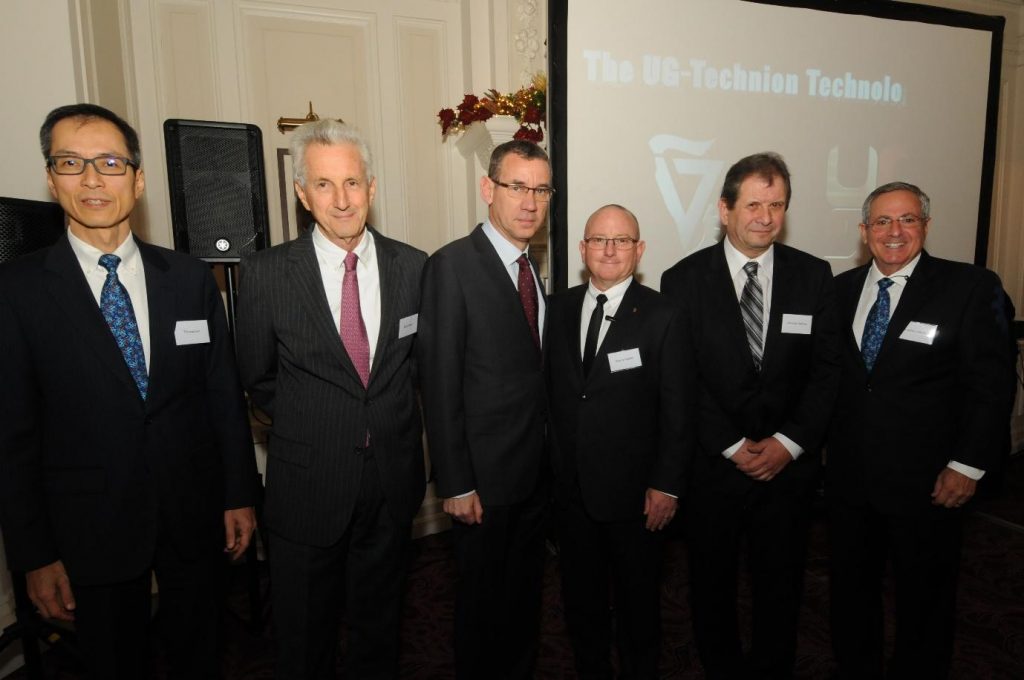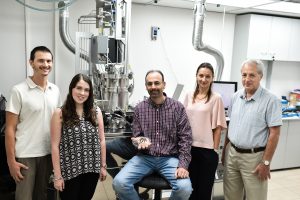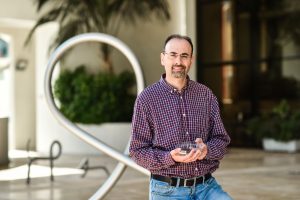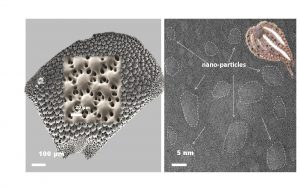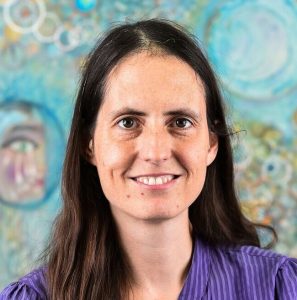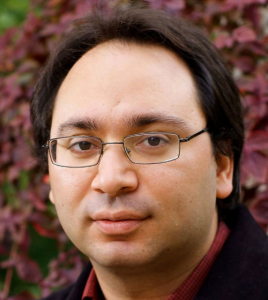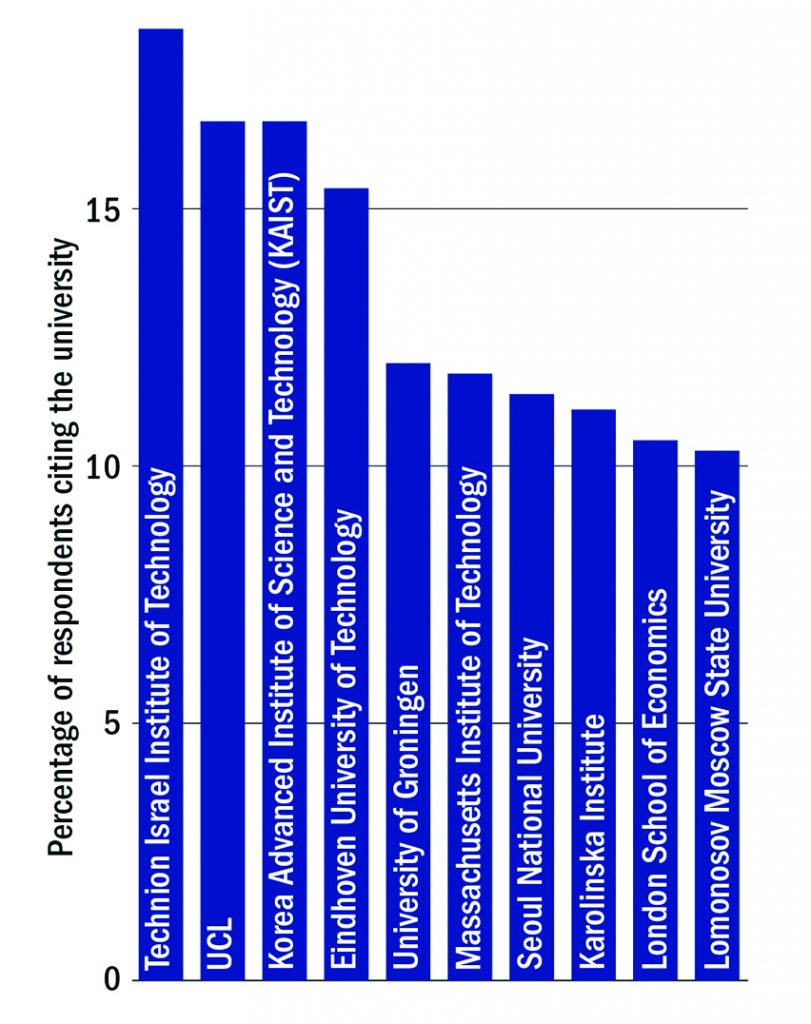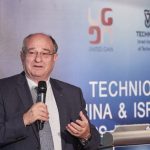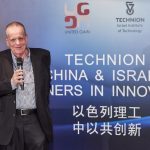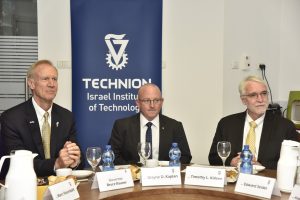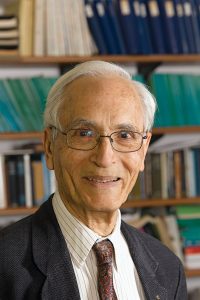Inauguration of the Guangdong-Technion Israel Institute of Technology, in Shantou, China. Speech of Technion President Prof. Peretz Lavie
שהחיינו וקיימנו והגיענו לזמן הזה
A special blessing is recited in Jewish tradition upon new things. It’s meaning is an expression of our gratitude for being kept alive and well, to be privileged to experience this moment. And indeed, I’m sure we all share this feeling of wonder and thankfulness today, as we inaugurate the Guangdong-Technion Israel Institute of Technology, here in the city of Shantou, in the province of Guangdong. This is happening two years after the cornerstone was laid, on December 16th, 2015. Already now, 216 students are in their first year and are enthusiastically studying in three fields, to become the first graduates of GTIIT in 2021
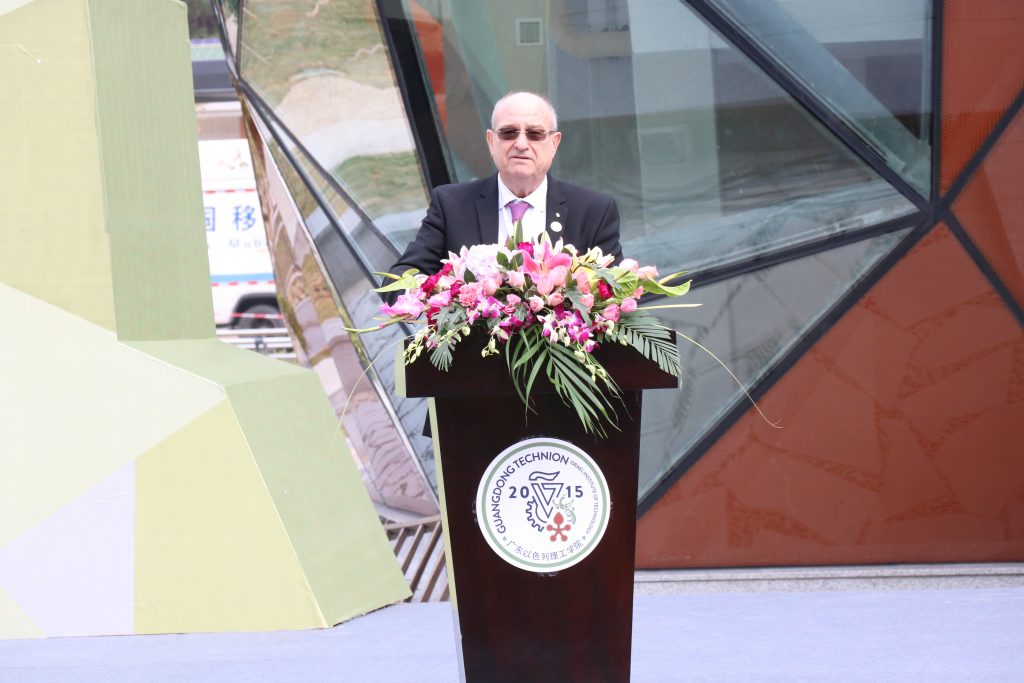
Together with the creation of this new academic facility, housing, teaching in chemical engineering, materials science and engineering and biotechnology and food engineering, we welcome a new era of cooperative research between Israel and China in science, engineering and the life sciences.
This amazing achievement – the establishment of this magnificent new campus – could never have been realized without the profound vision, legendary generosity and deep devotion of Mr Li Ka Shing; the provincial government of Guangdong; the city of Shantou; and our partner, the University of Shantou. Dear Mr. Li, you have stated that “you can use your skills to earn respect, but you will only touch others with your contributions.”
And in fact, you have done both like no other could – you have earned unparalleled respect for how you have used your diverse skills, and you have touched innumerous lives and countless more to come in the form of future generations of students – with your contributions. For these, on our behalf and theirs, we are forever grateful.
The notion of expressing gratitude is very deep in both Jewish and Chinese culture as well. And gratitude is far from being the only significant parallel between Jewish and Chinese traditions. The values we share make this partnership a very natural and warm collaboration. Let us look at a few additional beautiful values we share:
- Both Jewish and Chinese traditions emphasize ethics at the center of the tradition.
- Both Jewish and Chinese traditions place great importance on the relationship between parents and children and greatly value respect for parents and elders.
- Both Jewish and Chinese cultures have long histories of written tradition.
- Both Jewish and Chinese cultures have lunar calendars, and both add leap months in certain years so that the months are in tune with the agricultural season.
- And, perhaps most relevant to our celebration here today: both Jewish and Chinese traditions value learning as a core value.
The Analects of Confucius begin with these words: The Master said, “Is it not pleasant to learn with a constant perseverance and application? Is it not delightful to have friends coming from distant quarters? Is he not a man of complete virtue, who feels no discomposure though men may take no note of him?”
The initial passage of Analects, a book which many Chinese over the centuries learned by heart, focuses on learning, visiting of friends, and developing virtue. In Jewish tradition, these same values are known as Midot, the values people aspire to cultivate throughout their lives.
Another beautiful parallel can be found in the question asked by Zi Gong, one of the students of Confucius, and in Confucius’ response: Zi Gong asked, “Is there one word which may serve as a rule of practice for all one’s life?” The Master said, “Is not RECIPROCITY such a word? What you do not want done to yourself, do not do to others.” This is a Chinese parallel to the Jewish sage Hillel’s proverb: מה ששנוא עליך – אל תעשה לחברך . (That which you hate – do not do to your friend).
And of course, asking questions is both very Chinese and very Jewish. In the Analects of Confucius, the verb “to ask” appears over 100 times. Here at GTIIT we’ll all be encouraging much asking of inquisitive, curious, researching questions, leading today and tomorrow’s students and researchers on their quest to reveal and uncover the scientific wonders surrounding us, for the benefit of humanity.
In conclusion, allow me to express the wish that, day by day, the students will continue in excellence.
Congratulations!

